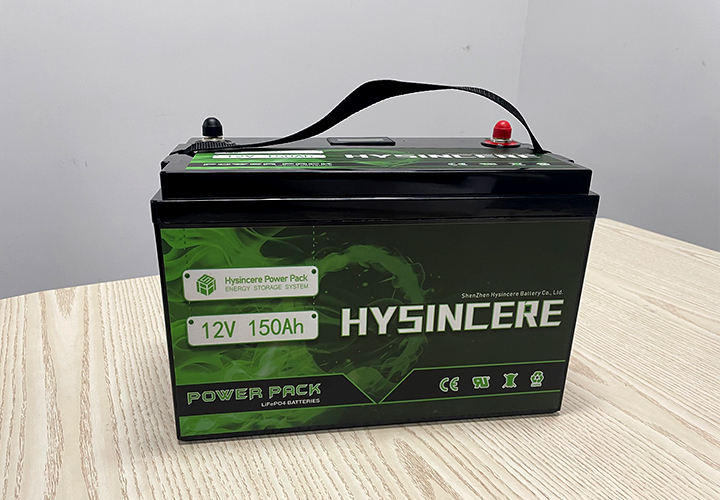
Lithium ion batteries generally have four major components in structure: positive electrode, negative electrode, electrolyte, separator, and shell. The interior of the battery adopts a spiral woun
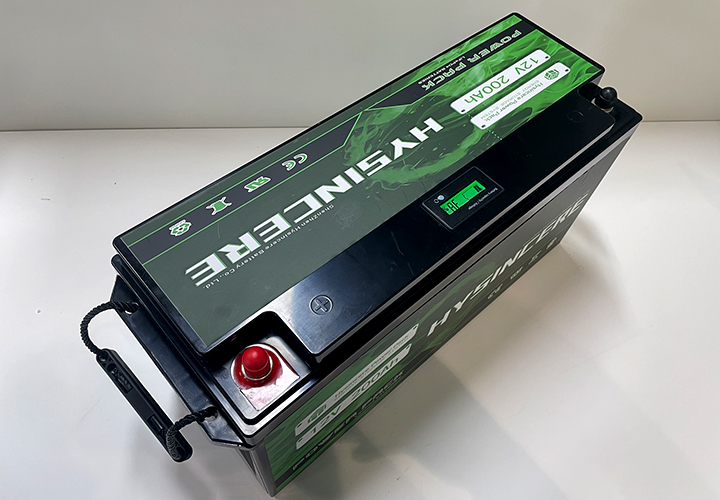
Normal charging Different batteries have their own characteristics, and users must charge them according to the manufacturer's instructions. In standby mode, the phone also consumes batteries
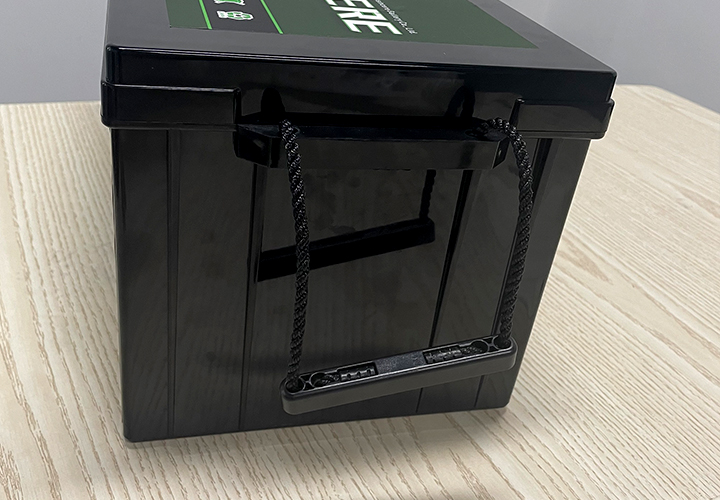
Lithium polymer batteries have been widely developed and studied as a rechargeable, high specific energy device. These batteries are composed of lithium or carbon negative electrodes (anodes), cor

Lithium battery manufacturers divide lithium batteries into lithium batteries and lithium-ion batteries. Both mobile phones and laptops use lithium-ion batteries, commonly known as lithium batteri
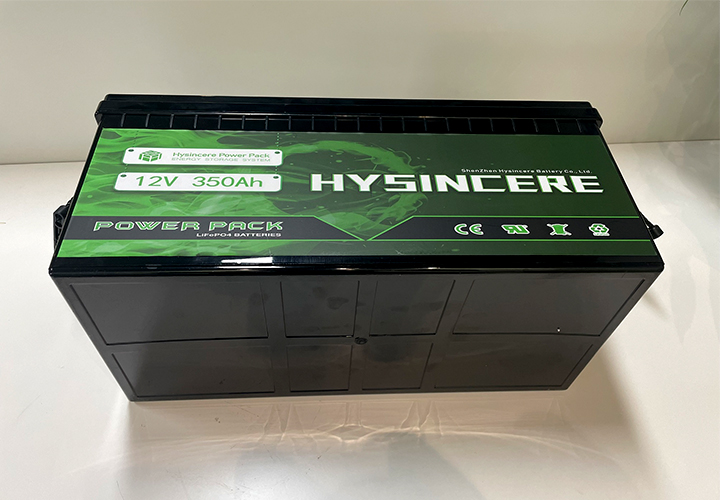
A soft pack lithium battery is simply a liquid lithium-ion battery covered with a polymer shell. The structure is packaged with aluminum plastic film, and in the event of safety hazards, the soft
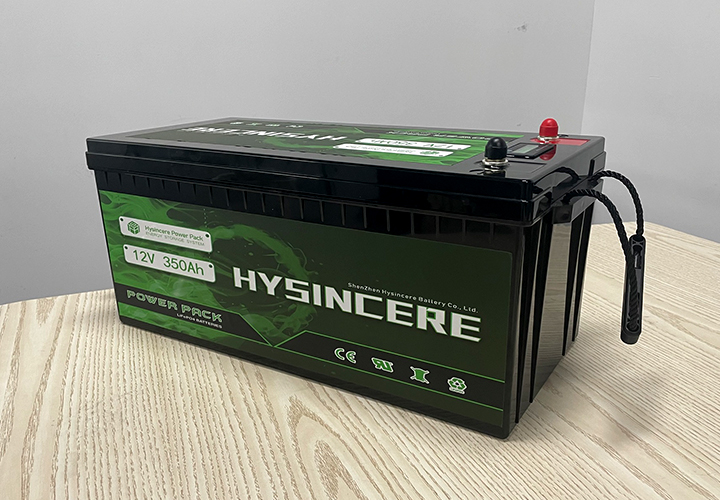
Lithium iron phosphate battery is a lithium-ion battery that uses lithium iron phosphate (LiFePO4) as the positive electrode material and carbon as the negative electrode material. The rated volta
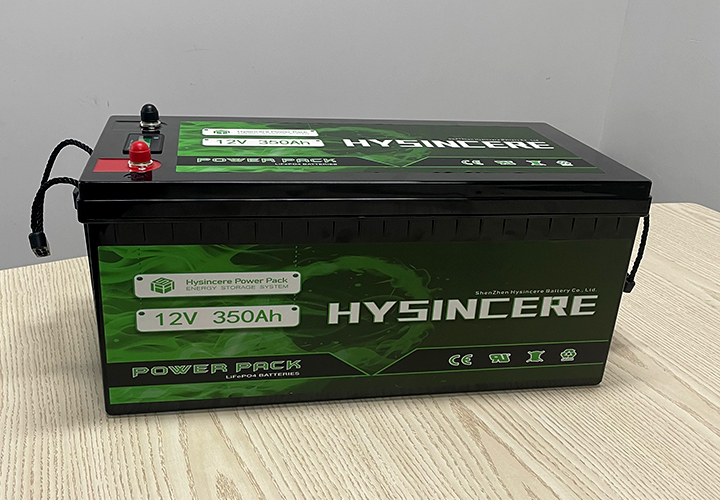
Polymer batteries are lithium-ion battery products made from flexible packaging and polymer electrolytes. In general, there will be no explosion during use and storage, unless a short circuit is c
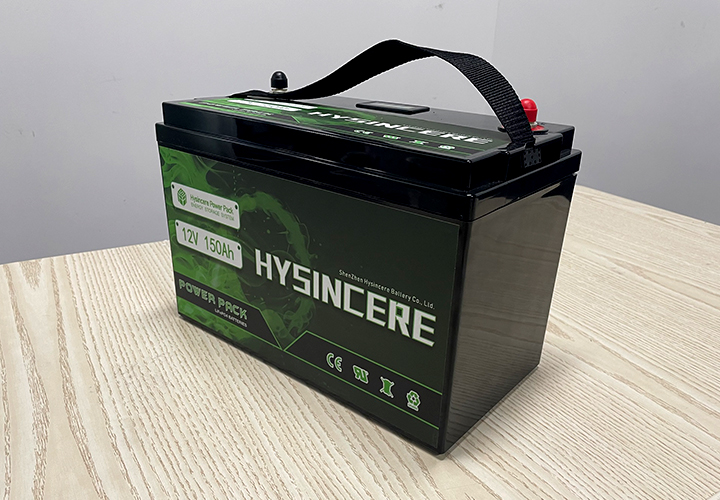
In order to avoid over discharge or overcharging of customized lithium-ion batteries caused by improper use, a triple protection mechanism is installed inside the single lithium-ion battery. One i

1. Large capacity lithium batteries have relatively high energy. It has a high storage energy density, reaching 460-600Wh/kg, which is about 6-7 times that of lead-acid batteries; 2. Long service
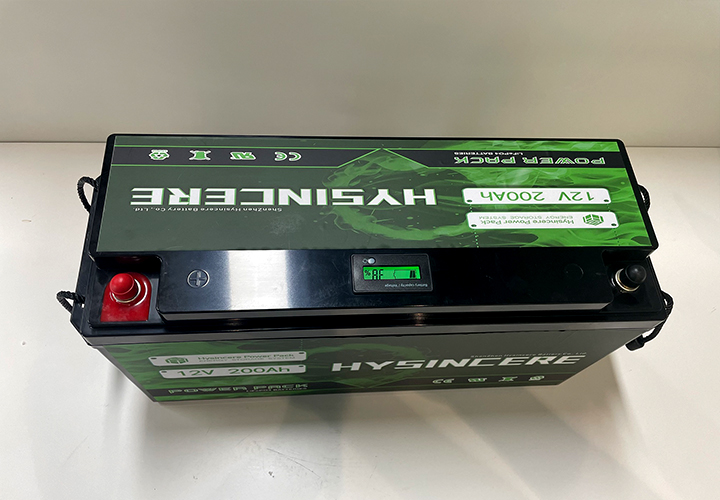
Lithium titanate battery customization is a type of negative electrode material used in lithium-ion batteries - lithium titanate, which can form 2.4V or 1.9V lithium-ion secondary batteries with p